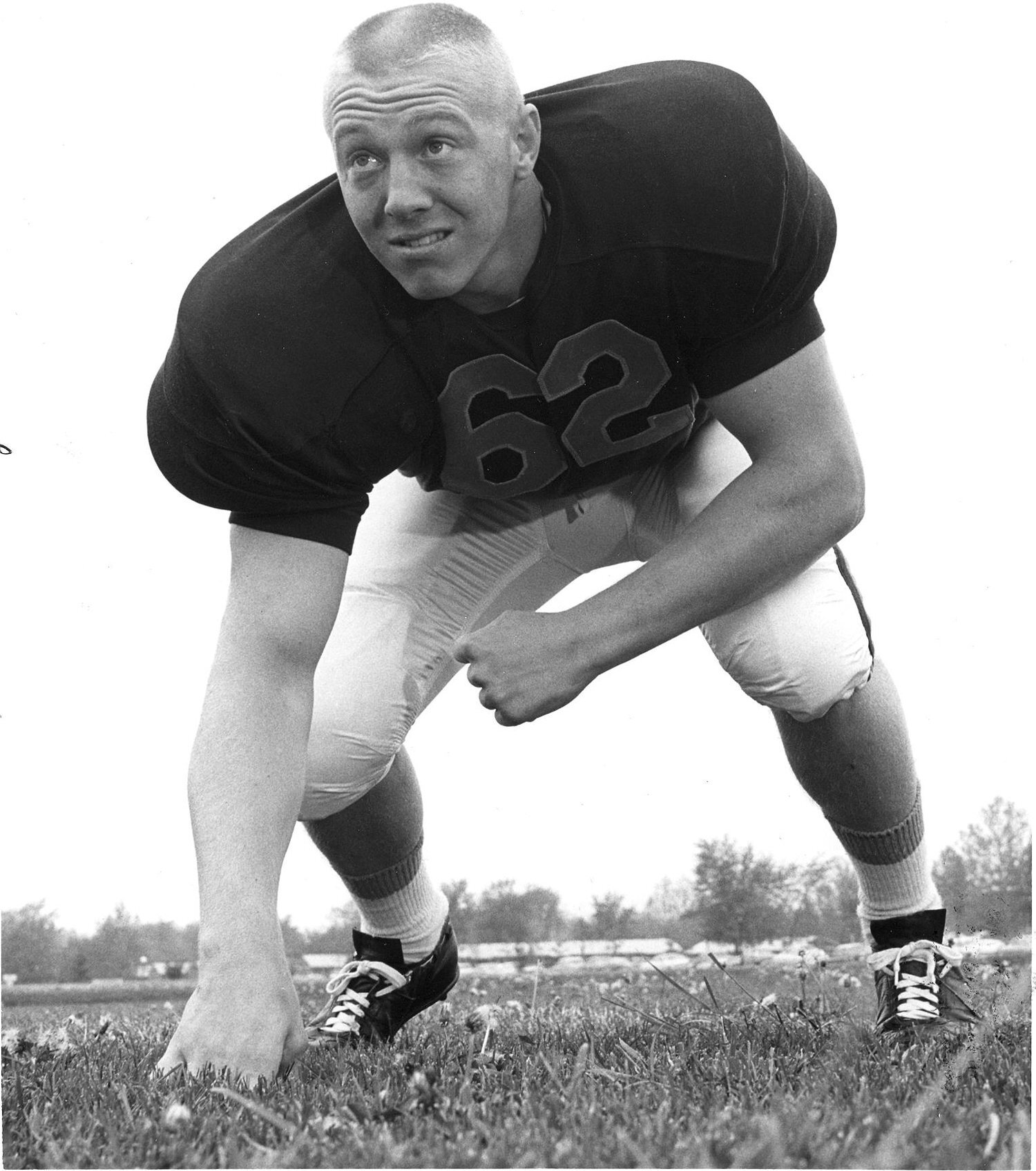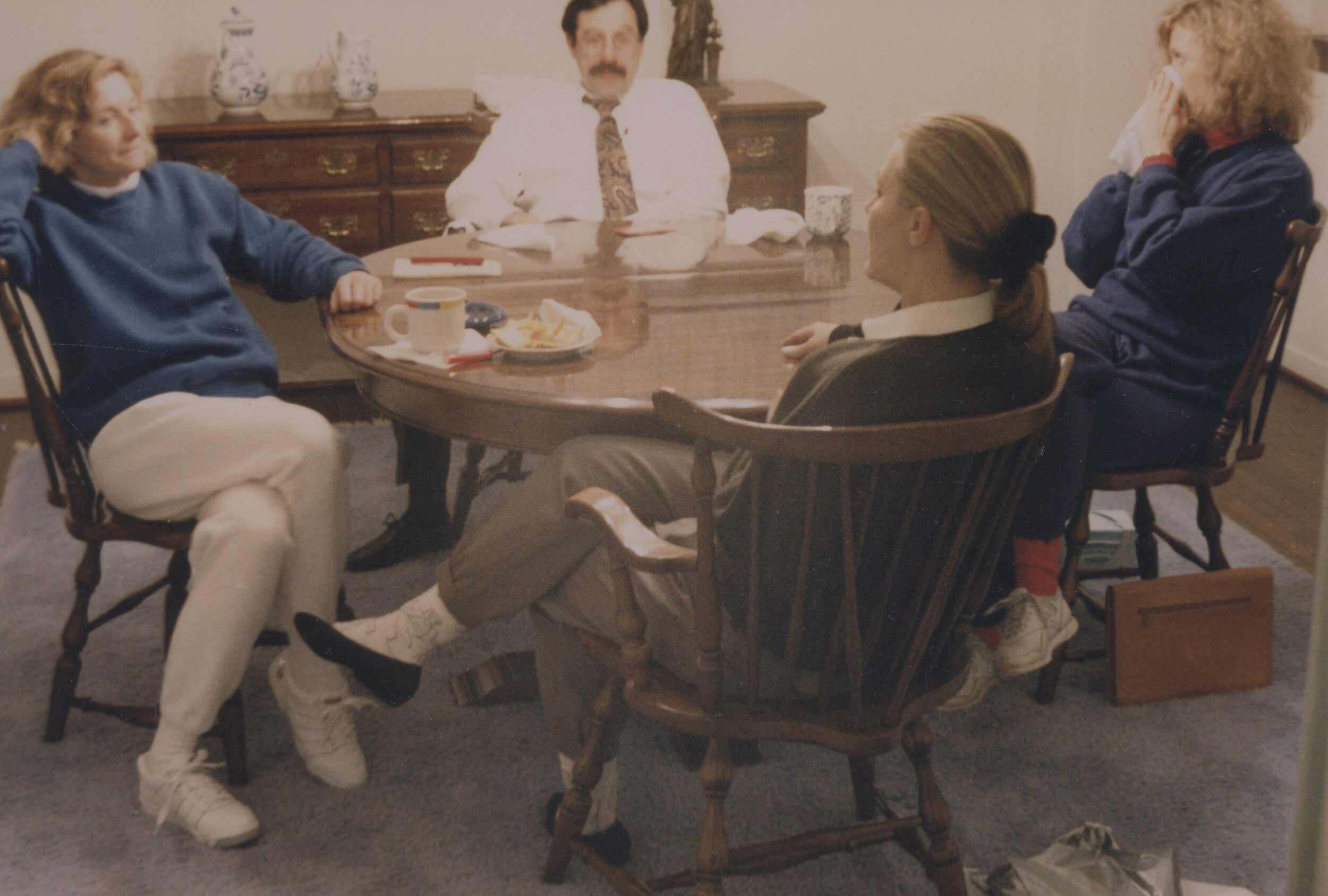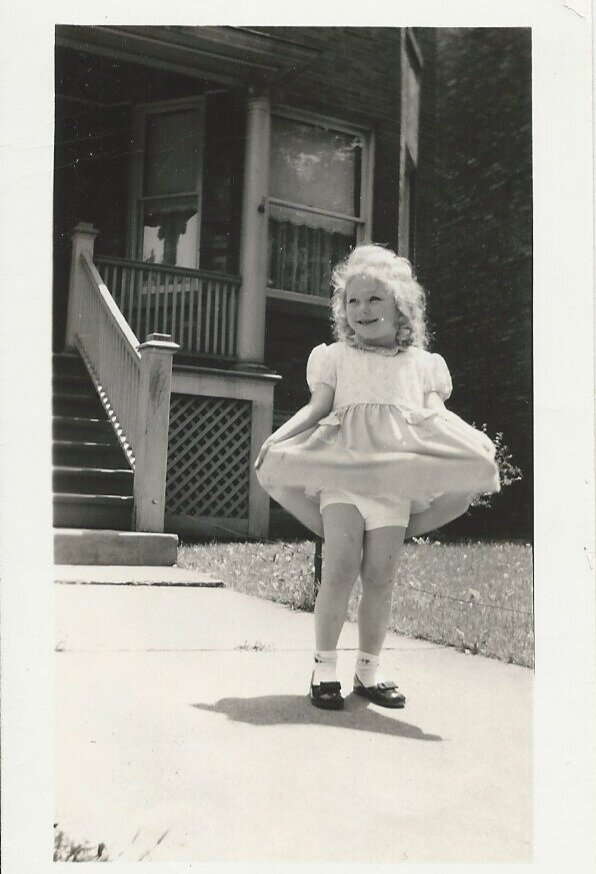Life Before the FBI
After receiving a Bachelor of Arts from University of Illinois with a major in English literature and a minor in Spanish, Elaine taught school for eleven years. During those 11 years, she taught at an assortment of schools, almost as if to prepare her for the next 22 years as a FBI agent. From her first job in the inner city of Chicago, Goldblatt Elementary; to an all black high school in Mississippi, Powell Junior High, coincidentally, it being the first year the city of Jackson Mississippi was forced by the federal government to racially integrate their public schools; to a the high school just outside Washington, D.C., near the Central Intelligence Agency (CIA), and elegant homes of Washington’s wealthy and politically powerful, Langley high school; and then, finally returning to her home town, at a private school for the children of the liberal lake front wealthy of Chicago, Francis Parker School. After returning to Chicago, and while teaching, Elaine attended graduate school, and earned a Master of Arts in Special Education, in which her studies focused on dyslexia and the teaching of reading.
The experiences Elaine had as a teacher, whether in the inner city school of Chicago, in the singularly black and racially tense school of Mississippi, or at the schools of the privileged, in both Washington D.C. and Chicago, Elaine learned how to adapt and most importantly, in order for her to succeed she had to show respect to people of all races, and socio-economic status.
Special Agent Elaine Smith
In June 1979, with her husband’s urging, she applied, took the qualifying tests, survived intensive interview process, passed a physical exam and after being approved for a top-secret clearance, she received an appointment as a Special Agent in training, Quantico Marine Base, Quantico, Virginia. After completing 4 months of the physically, mentally and psychologically grueling training school of the FBI, Elaine was sent to Chicago to begin her career as a Special Agent.
Always intrigued by the Chicago mob, she developed a strategy to obtain the boss’ approval to gain an assignment on an organized crime squad – a position only one other woman in the history of Chicago’s FBI office had worked.
Upon arriving on the squad of agents tasked with investigating the north side crew of the mob, Elaine was given the case targeting Ken Eto, an investigation, over 20 years old. The men of the FBI wanted Elaine to prove herself at a job none of them had been successful at. And that she did. After just 6 months on the OC squad, she was able to write an affidavit for the hotel room in which Ken tabulated the receipts of the Bolita Enterprise. Within 18 months, she had gathered enough evidence to federally indict Eto, and unknown to anyone at that time, sign his death warrant.
Waiting for the trial or plea of Eto, Elaine Smith, concentrated on some of Eto’s associates, and between 1980-1986 obtained indictments, seizures of vehicles, cocaine, money, guilty pleas and sentences in federal prisons against a Colombian supplied cocaine enterprise. She also unraveled the operation’s sophisticated money-laundering scheme that had utilized the stock market to launder its drug proceeds. This was the first such prosecution of a money-laundering scheme of this sort to be presented before a federal court in the United States. And it was to New York that the Chicago prosecutors and Elaine took this case, in order for New York to charge the New York stockbrokers and attempt to gather evidence against the New York mafia, who backed these brokers.
As a Special Agent with less than 5 years on duty, Elaine Smith was able to investigate, gather evidence and go to trial against more subjects than any other agent in the Chicago organized crime program. During two Inspections of Chicago office by FBI Headquarters supervisors in 1983 and 1986, Elaine led the Organized Crime squads in conviction statistics; a remarkable achievement.
Impossible not to be noticed by FBI management, Elaine was frequently requested to lecture on her techniques on informant development and case tactics to new agents at Quantico Training Academy. One of Elaine’s unique personality characteristics was she was not shy. She would design how she could meet people she thought might have information that would help her cases. For each of these meetings, she designed a way to do this that would provide her psychological advantage. No always successful, but more fruitful than the vast majority of agents that were frozen at their desks in the office, much of Elaine’s success was her interpersonal intelligence.
On February 10, 1983 Elaine Smith’s reputation was cemented into an almost statute-like proportions. Ken Eto, shot 3 times in the head, and from his hospital bed, told the ranking Chicago police officer that he was “property of the FBI”, and wanted to see Elaine Smith. The reply of the Commanding Officer on the scene to Eto’s statement was, “Who the f**k is Elaine Smith?” After Eto’s request to become property of the FBI, and he fingered his hit men, the first organized crime attempted murder had been solved. From that point on, with Ken Eto’s information and Elaine Smith’s unwaveringly loyalty and the thousands of pages of debriefing notes written by Elaine, they helped convict almost every Chicago outfit boss from 1983 – 2007.
In 1987 Elaine was named the first female supervisor in the history of the Chicago FBI and the second supervisor in the United States promoted in the field. For the next 10 years Elaine remained the only female member of management. Reluctant, as she was in the beginning to give up the excitement of working the street, the lure of influencing other agents was too good to pass on.
As time passed, she saw that women were not making progress in the FBI, Elaine continued her active role in determining the FBI’s priorities and goals. During the Elaine Smith’s years of being a field supervisor, four of those years she was elected to represent all female FBI Special Agents as part of an advisory board to Director of the FBI, Louie Freeh.
Professionally, Elaine became known as an expert in money laundering and white-collar crime fraud. In the year 2000, the Federal Reserve Bank named her “Leader of the Year”. And in September 2001, Elaine was placed in charge of reconstructing the financial backgrounds of the 19 terrorists of the 9/11 bombings of the World Trade Center, the Pentagon and the downing of Flight 91 in Pennsylvania.
Elaine retired from the FBI in 2002 but continued to conduct examinations for the Federal Reserve Bank of New York and assist financial institutions in designing their transaction detection systems to prevent irregular patterns, often a sign of money laundering, until 2012. In 2012, she then began working with attorneys whose clients had been accused of financial fraud. She is a certified expert witness in Federal court on financial investigations.
Other Cases
U.S. Cocaine Distribution
In 1985, Elaine led a concentrated effort by the FBI to investigate Cocaine distribution across the United States from LA to Chicago to New York. Thanks to Ken Eto, a Chicago Mob associate, she and her team learned the Colombians directly supplied Cocaine to mafia contact, Sam Sarcinelli. Hundreds of kilos of Cocaine were distributed across the U.S. Elaine, and her team Investigated how the money was laundered through the stock market in New York. Twenty six people were indicted for operating the cocaine distribution ring. The next step was to trace the money and find out how it was laundered. Six stock brokers tied into the Genovese crime family were indicted for manipulating the penny stock market in New York. The judge transferred the case from Chicago to New York, and Rudy Guiliani was the United States Attorney on the case. The case was appealed and later transferred back to Chicago to be retried. In 1987, the stocker brokers were found guilty of money laundering and manipulating the stock market.
Follow the Money - The 9/11 Terrorist Attacks
From 2001-2002, after the 9/11 terrorist attacks, the FBI assembled a team of agents to trace who funded the terrorists’ plans. Elaine and her team “followed the money” to develop the financial backgrounds of each of the nineteen 9/11 terrorists and who was financially supporting them. By researching how the nineteen terrorists were spending their money through grocery shopping, rent, and even medical prescriptions, the funds were traced to a source in Saudi Arabia.







Personal Life


















